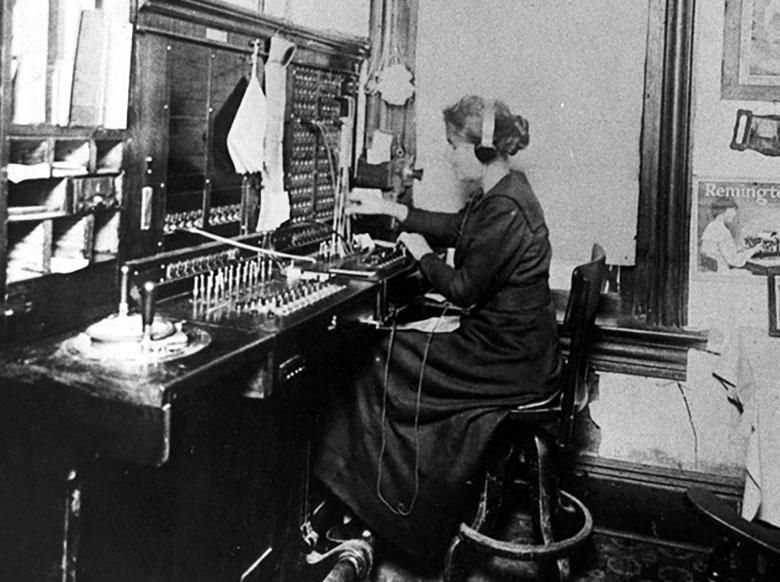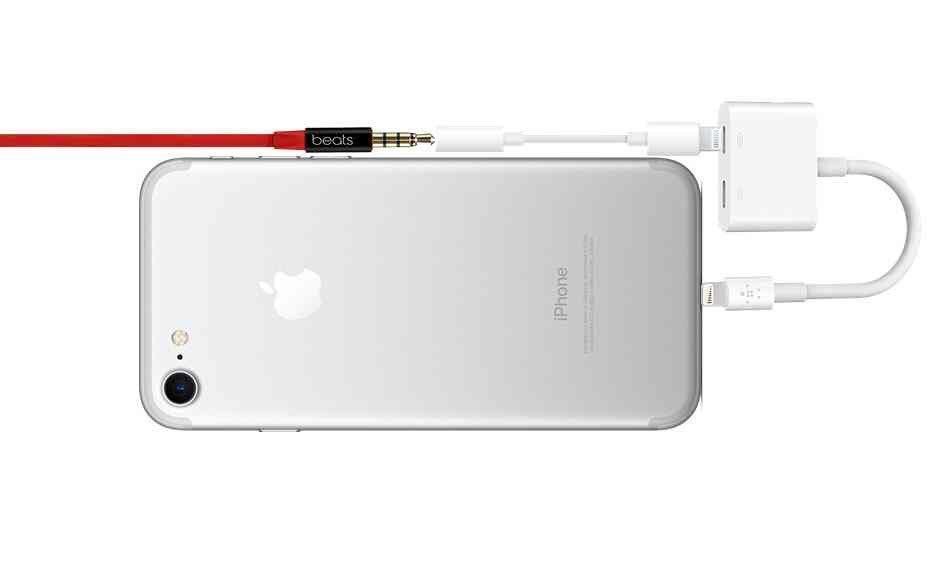Now that Apple has launched a new iPhone that removes the long-standard 3.5mm TRS (tip ring shaft) headset jack, there’s a lot of controversy as to whether this will be a good thing or a bad thing. Lenovo actually released two Moto Z Android phones last month with no 3.5mm headset jack either (and one with the headset jack this month). The annoyances and complaints are in full swing. (Also see “The impending horror of USB Type C audio adapters“)
If this all seems like Deja-Vu, you might have been using smartphones for more than 10 years. The exact same thing happened around 2005 when HTC removed the round headset jacks from their smartphones in favor of the ExtUSB port which was based on the Mini-USB port with a little extra corner to it. Here on Pocketnow and other mobile tech sites that were around at that time, we complained to great extent about the annoyances of having to use an adapter in order to get our regular headphones to work with our smartphones. (This is when Apple was still wrapping portable hard drives in plastic and attaching MP3 player chips/software along with a headphone jack.) Back then, I was perfectly content in letting the 3.5mm headset jack go in favor of some single port that could do it all. See “Why the 3.5mm Headset Jack is Stupid” from 2009. Consumers were never so forward thinking though. Most smartphone manufacturers from 10 years ago ended up giving up on both the smaller 2.5mm TRS headset jack and proprietary ports to bring back the tried and true 3.5mm TRS headset jack that everyone had been using for so long.
Adapters are not fun.
What’s so good about the standard headset jack?
There’s one simple answer to this. It’s round! The 3.5mm TRS headset jack is cylindrical in shape and that makes it much easier to use than any other port shape… except maybe the ones with magnets that automatically pull the wires into place when they get close enough. The original USB-A full sized port was rectangular with a solid half on the inside next to an open half. There was only one orientation that would successfully make the male side of the port insert into the female side of the port. The Mini-USB port changed the shape to a trapezoid which again required only one orientation, and the Micro-USB port size, changed the trapezoid shape a little more. All three of these port shapes required not only aiming the male plug into the female port hole, but orienting the rotation to just the right angle.
Apple’s lightning port and the new USB-C ports increase the number of rotation orientation options from 1 to 2. That makes it twice as easy to plug the wire into the port as it was when there was only one orientation. If someone made a square port with a square plug that had 4 orientation angles, that would be 4 times as easy to use. If you haven’t figured it out by now, a round port and plug interface doesn’t require any angular rotation at all and works no matter what. Just plug it in!
Whomever designed the original tip-ring-shaft style round port and jack interface a couple centuries ago must have understood that it was going to be the easiest to use. That engineer was a lot smarter than the ones we have designing USB-C ports these days. Is it possible to design a USB-C port in a circular tip-ring-shaft format that provides as much functionality? Sure, just add more ring-connectors. Is it possible to make round port interfaces that are smaller and take up less room in a phone? Of course, many old Nokia phones came with very thin round charging ports. I see no reason why a thin round plug couldn’t have connectors for data, charging, audio, video, etc.
Why do we even bother with plugs of other shapes?
If the round plug is so easy to use, why do we bother with other shapes? Well, it’s so that you can’t accidentally plug one wire type into the wrong type of port. That’s important so that you don’t plug an audio jack into an electrical socket since in the old days we didn’t have the technology that could automatically discern between what type of stuff was being transferred through each wire. Today, with USB-C and lightning, there’s much less of a reason for non-round, oddly-shaped wire plugs to differentiate between wire types since everything is supposed to work through that same port.
The smart thing to do would have been to extend the capabilities of the regular 3.5mm headset jack to support everything the new USB-C and Lightning ports can do. You would need more ring connections of course, and the standard audio connections would have to be recognized in their normal positions, but I find it highly unlikely that this would be impossible. Apple actually did extend the 3.5mm headset jack on some of the iPod Shuffle models to include data transfer and charging capabilities while maintaining backwards compatibility with regular 3.5mm stereo headphones. Hence, it can be done.
Are you ready to let go of the nice round jack/plug interface for your wires? Or should we really make the easy-to-use cylindrical interface much smarter?


